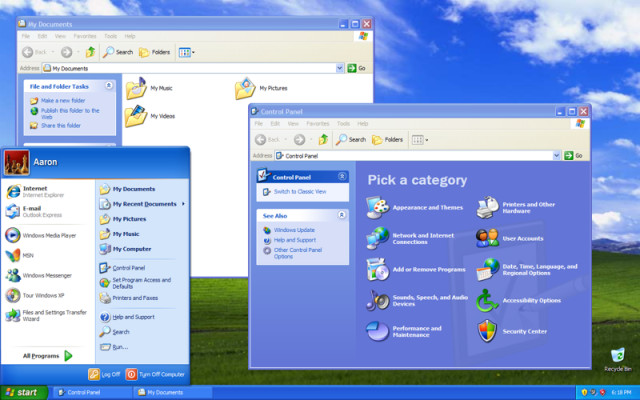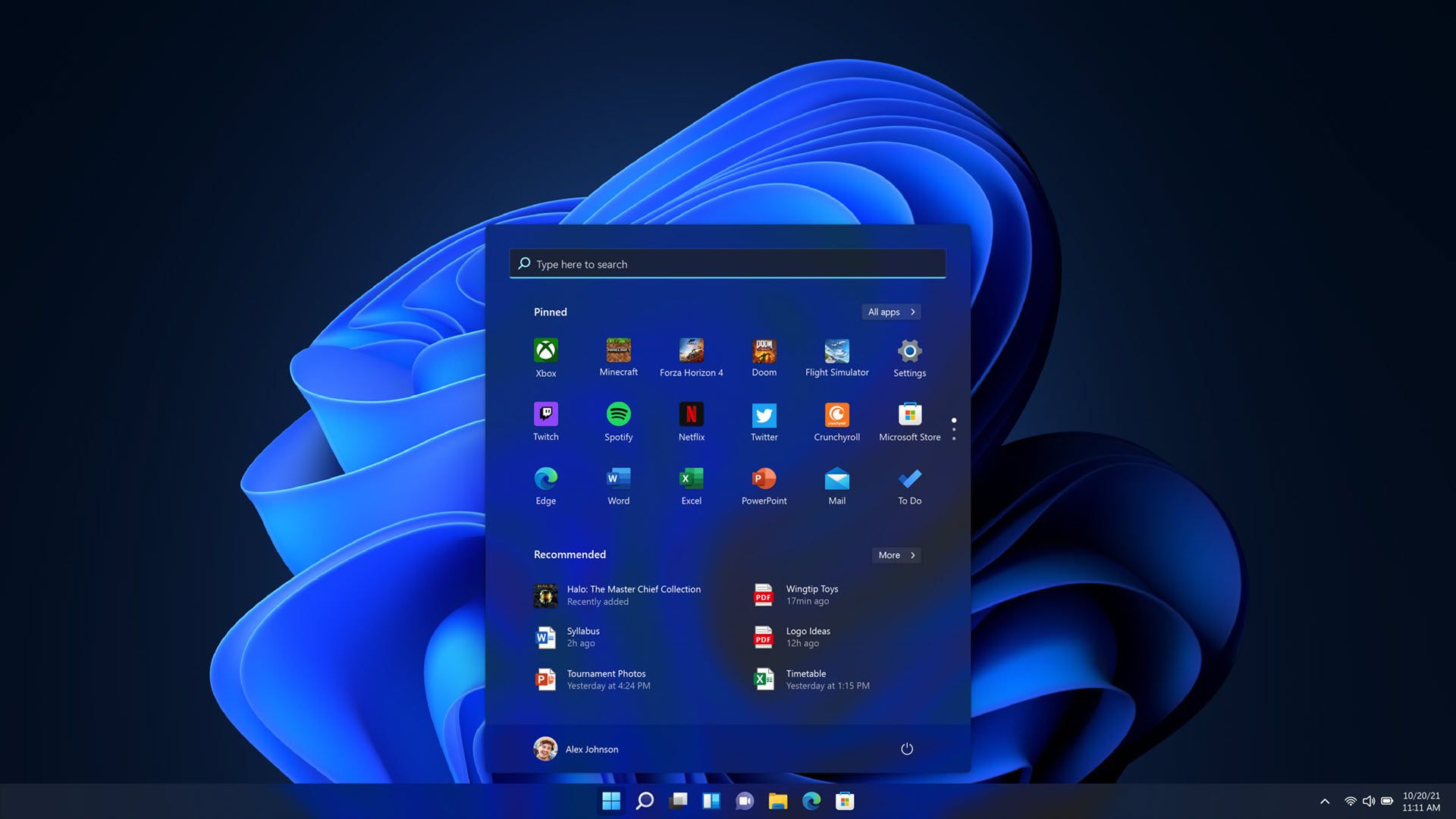The Evolution of Microsoft Windows from its Beginnings to the Last Edition
Introduction
Microsoft Windows, one of the most influential operating systems in computer history, has evolved significantly since its initial release in 1985. Throughout the decades, Windows It has been fundamental in the technological revolution, continually improving to meet the demands of users and maintain its relevance in a competitive market. This article explores the rich history of Microsoft Windows, from its beginnings to the last edition, highlighting its characteristics and key advances.
Historia de Microsoft Windows
The Birth of Microsoft Windows
Microsoft Windows was born at a time when graphical user interfaces (GUI) were beginning to gain popularity. Bill Gates and Paul Allen Microsoft was founded in 1975, but it wasn’t until 1985 that they launched Windows 1.0. This operating system marked the transition from command lines to graphical interfaces, allowing users to interact with their computers more intuitively.
Windows 1.0 y 2.0

Windows 1.0 introduced non-overlapping windows and a number of basic applications such as calendar, calculator, and simple text editor. Two years later, in 1987, Microsoft released Windows 2.0, which offered performance improvements and increased functionality, including overlay windows and the use of key combinations.
The Revolution with Windows 3.x
The real breakthrough came with Windows 3.0 in 1990, followed by Windows 3.1 in 1992. These versions introduced significant improvements in graphical interface and system performance. Windows 3.x allowed the use of more memory and offered better compatibility with third-party software, making it a commercial success.
Windows 95: A Nuevo Comienzo
Windows 95Launched in 1995, it represented a revolution in the user experience. With the introduction of Start menu, the taskbar and the pre-emptive multitasking ability, Windows 95 changed the way users interacted with their computers. This version also introduced support for long file names and the FAT32 file system.
Windows 98 and ME: Refinement and Controversy

Windows 98released in 1998, improved stability and hardware support, in addition to introducing the Web browser as an integral part of the operating system. However, Windows ME (Millennium Edition) in 2000 was less successful due to stability and performance issues.
The Jump to Modernity: Windows XP

Windows XPLaunched in 2001, it was a highlight in Microsoft Windows history. With an improved graphical interface and unprecedented stability, Windows XP was widely adopted by both home and business users. This version also introduced significant improvements in network security and support.
The Era Vista and Return with Windows 7

Windows VistaLaunched in 2007, it was criticized for its high hardware requirements and compatibility issues. However, Windows 7Launched in 2009, it corrected many of Vista’s problems and was positively received for its performance, stability, and user interface improvements.
The Modern Age: Windows 8, 10 and 11

Windows 8launched in 2012, it attempted to unify the user experience between desktop and mobile devices with its interface Metro. Although it was innovative, it received mixed reviews. Microsoft responded with Windows 10 in 2015, it brought back the Start Menu and offered a more balanced experience between the new and the old interface. Windows 11Launched in 2021, it focuses on productivity and flexibility, with a more modern interface and new features like Snap Layouts and Android app integration.
Windows Key Features and Features
User interface
From its earliest days, Windows Your user interface has evolved to be more intuitive and efficient. From the simple design of Windows 1.0 to the sophisticated and fluid interface of Windows 11, each version has introduced improvements that facilitate user interaction with the system.
Security
Security has been a constant priority for Microsoft. With each new version, Windows has improved its security features, including integrated firewalls, data encryption, and advanced malware protection technologies.
Compatibility and Support
Windows has maintained strong compatibility with a wide range of hardware and software. This has been key to its success, allowing users to run critical applications on different versions of the operating system.
Technological innovations
Over the years, Microsoft has introduced numerous technological innovations in Windows. From support for touchscreens and augmented reality in Windows 10, to the integration of artificial intelligence and Android applications in Windows 11, each new edition brings significant progress.
El Futuro de Microsoft Windows
Future Innovations
The future of Windows It looks promising, with Microsoft focusing on integrating emerging technologies like artificial intelligence, virtual and augmented reality, and cloud computing. These innovations are aimed at improving productivity and offering new experiences to users.
Windows in the Business Environment
Windows remains a dominant choice in the business environment due to its reliability and compatibility. Future versions of Windows will continue to improve business capabilities, with a focus on security and efficient IT management.
Cloud Integration
With the growth of cloud computing, Windows is increasingly integrating with cloud services like Microsoft Azure. This integration facilitates collaboration, secure data storage, and remote access to applications and resources.
Conclusion
Since its humble beginnings in 1985, Microsoft Windows It has come a long way, transforming and adapting to technological changes and the needs of users. With each new version, Windows has continued to innovate and improve, ensuring that it remains relevant in the competitive world of operating systems. As we look to the future, it is clear that Microsoft will continue to lead with new technologies and improvements that will benefit both individual and business users.
FAQs
What was the first version of Microsoft Windows? The first version of Microsoft Windows was Windows 1.0, released in 1985.
What innovations did Windows 95 bring? Windows 95 introduced the Start Menu, taskbar, and pre-emptive multitasking capability, revolutionizing user interaction with the computer.
Why was Windows XP so popular? Windows XP It was popular due to its improved graphical interface, stability, and improvements in network security and support.
What problems did Windows Vista have? Windows Vista He was criticized for his high hardware requirements and compatibility issues, which negatively affected his adoption.
What’s new Windows 10 brought? Windows 10 brought back the Start Menu, offered a balanced experience between the new and the old interface, and improved security and productivity capabilities.
What new features does Windows 11 offer? Windows 11 focuses on productivity and flexibility, with a modern interface, Snap Layouts and the integration of Android applications.

5 Responses
[…] tu sistema operativo y controladores actualizados. Las actualizaciones pueden solucionar problemas de rendimiento y […]
[…] listo para dar el salto a Windows 11? Este nuevo sistema operativo de Microsoft ofrece un diseño moderno y muchas mejoras. Instalar […]
[…] de que el software sea compatible con tu sistema operativo y […]
[…] Si todavía usas un disco duro (HDD), la desfragmentación puede mejorar el rendimiento general, incluida la gestión de RAM. En Windows: […]
Pretty nice post. I just stumbled upon your blog and wished to
say that I’ve really enjoyed surfing around your blog
posts. In any case I will be subscribing to your feed and I hope you write
again very soon!